Deep in southern India, in the villages of Tamilnadu and Karnataka, there is this very ancient tradition of Mariamman worship. According to scholars, the cult of Mariamman pre-dates the Vedic Gods, which means that it is probably over 4000 years old. In the pre-Vedic times, when Hinduism was not yet the expansive religion it is today, villagers in south India worshipped very localized Gods. These were the Village Gods. Each village had its own non-transferable, “our-very-own” God that understood local concerns and provided them specific relief. Perhaps, this is how Mariamman worship evolved.
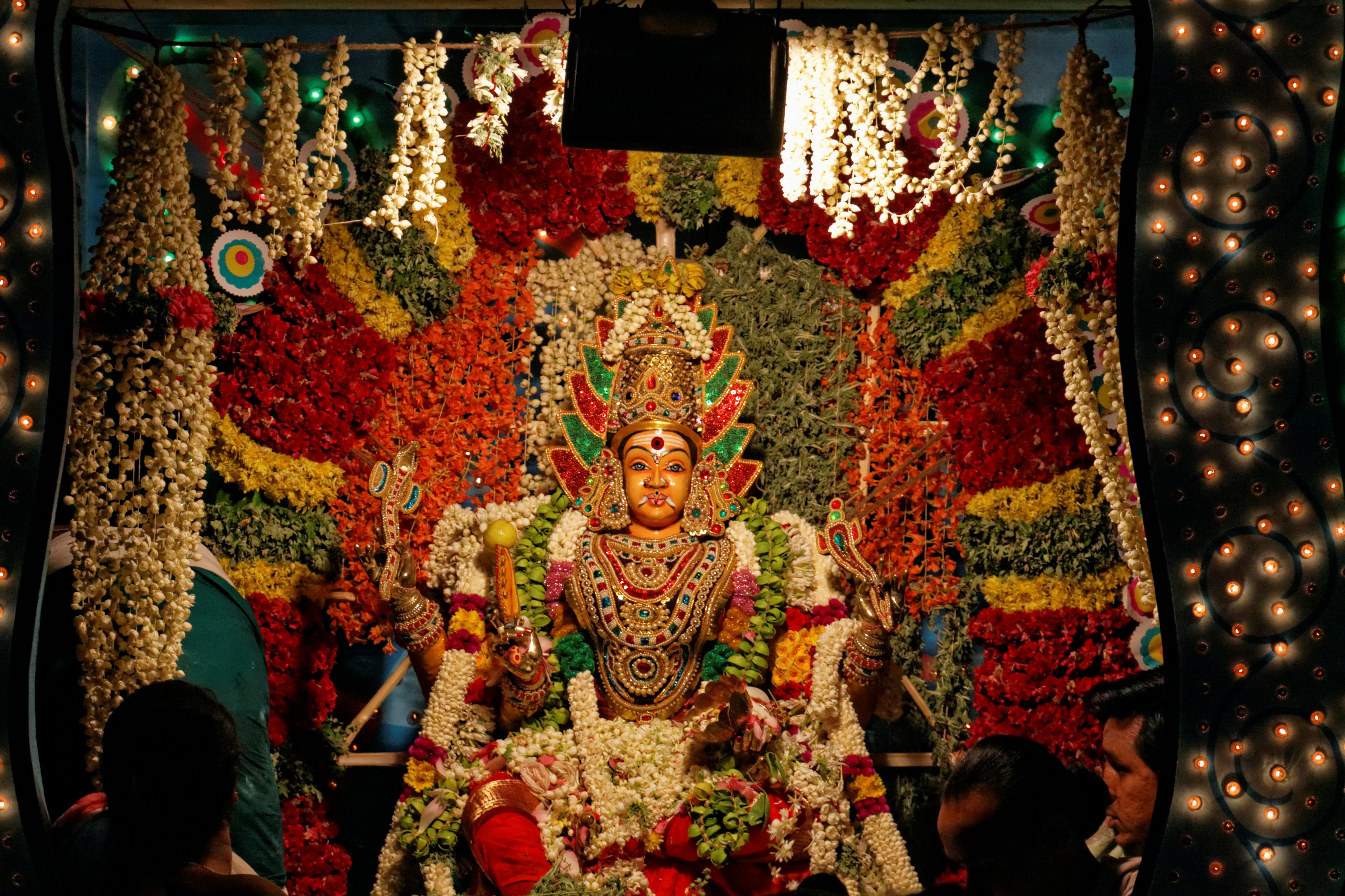
What would have worried an agrarian village most? Too little rain. Or too much of it. Either of them could ruin the harvest and starve the village. Therefore, what they needed most was a Rain-Regulator. Mariamman was exactly this, and much more. Mari in pure Tamil is Rain and Amman is Mother Goddess. Thus, the earliest and most venerated God of the villagers was the Mother Goddess of Rain. As time passed by, people wanted more from their deity. The Goddess of Rain’s blessing of fertility included human fertility too. Pregnant women offer glass bangles to Mariamman as a prayer for safe childbirth, even to this day. Another everyday concern for these ancient people was the outbreak of disease. Villagers were fearful of contracting highly contagious diseases like Smallpox, Chickenpox, Measles etc. (this class of diseases was called Ammai in Tamil). Hence people prayed to Mariamman for immunity from such diseases.
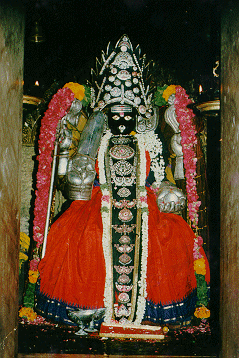
For an ancient Goddess, Mariamman is quite egalitarian. Her temples do not necessarily need a brahmin priest to officiate - though some of the bigger Mariamman temples now have Brahmin priests; many of them even have priestesses officiating during worship. There is some evidence in Sangam literature (Tamil literature produced around 300 BCE to 300CE) that the big Mariamman temple at Madurai was presided over by a high priestess.
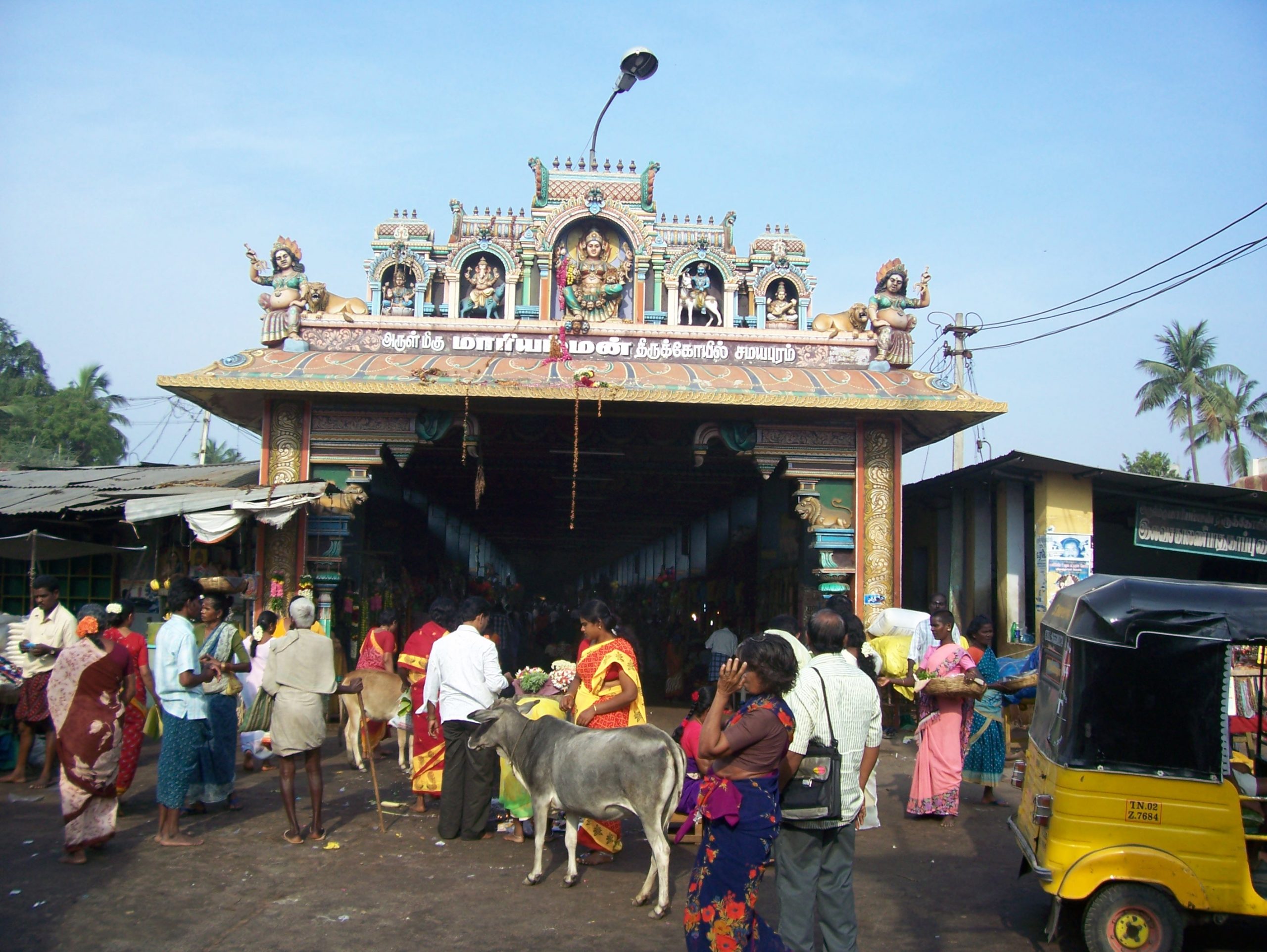
Gradually, Mariamman came to be worshipped in other forms like Pidari, Katteri Amman, Draupadi Amman and so on. Essentially the Goddess was worshipped for protection from disease, especially the pox (‘Ammai’) variety. Mariamman took roots all over Tamilnadu as the Gramadevata (village goddess) or Kaaval Deivam (protecting deity). But the Tamil people are not the only ones who worship the Mother Goddess. Sheetala worship in North India and Maisamma worship in Karnataka, Maharashtra and Telangana address the same concerns.
When Vedic Hinduism evolved, the Mariamman cult easily adapted itself. Today, Mariamman is considered another manifestation of Parvati and Durga of the Vedic Hindu pantheon. In some traditions, she is the sister of Lord Vishnu. There is also an interesting story related to the Mahabharata. In this story, Draupadi, was really a manifestation of Goddess Kali, but chose to live the life of an ordinary mortal, as the wife of the five Pandava princes. The secret was known to no one, except Krishna himself. By day she was an ordinary woman, but at night she used to travel to certain villages in Tamilnadu and guard them. This is the Tamil tradition of Draupadi Amman- Mariamman.
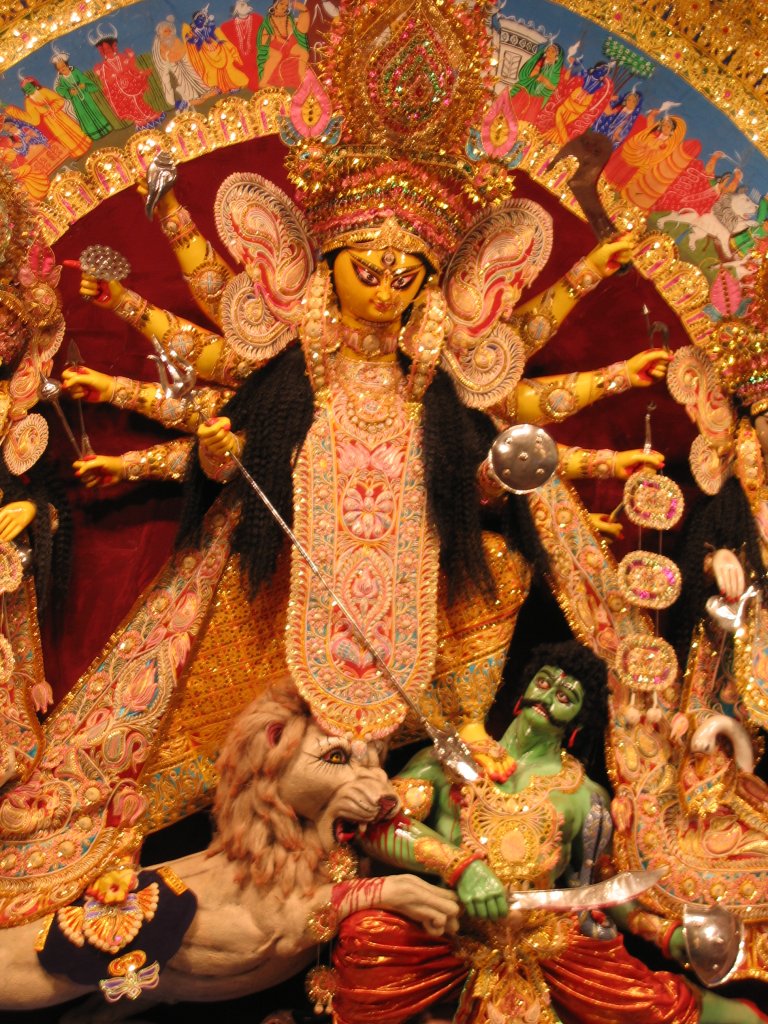
When the Tamil diaspora settled in other parts of the world, Mariamman travelled along with them. Naturally. Afterall, She had to provide protection to those who had adored her for millennia. That is why we have Mariamman temples in Fiji, Indonesia, Malaysia, Mauritius, Myanmar, Singapore, South Africa Thailand and Vietnam. Indeed, Mariamman is the Village Goddess who went international.
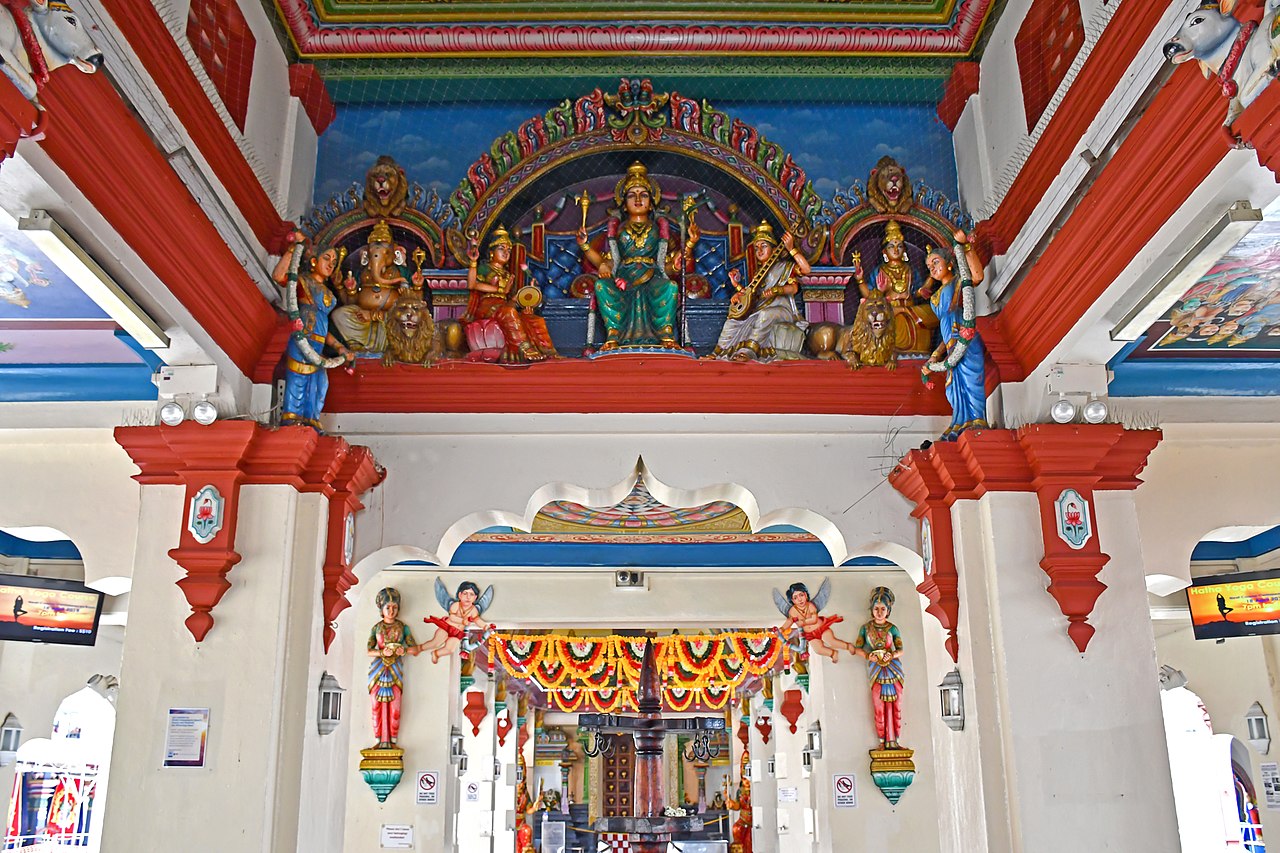
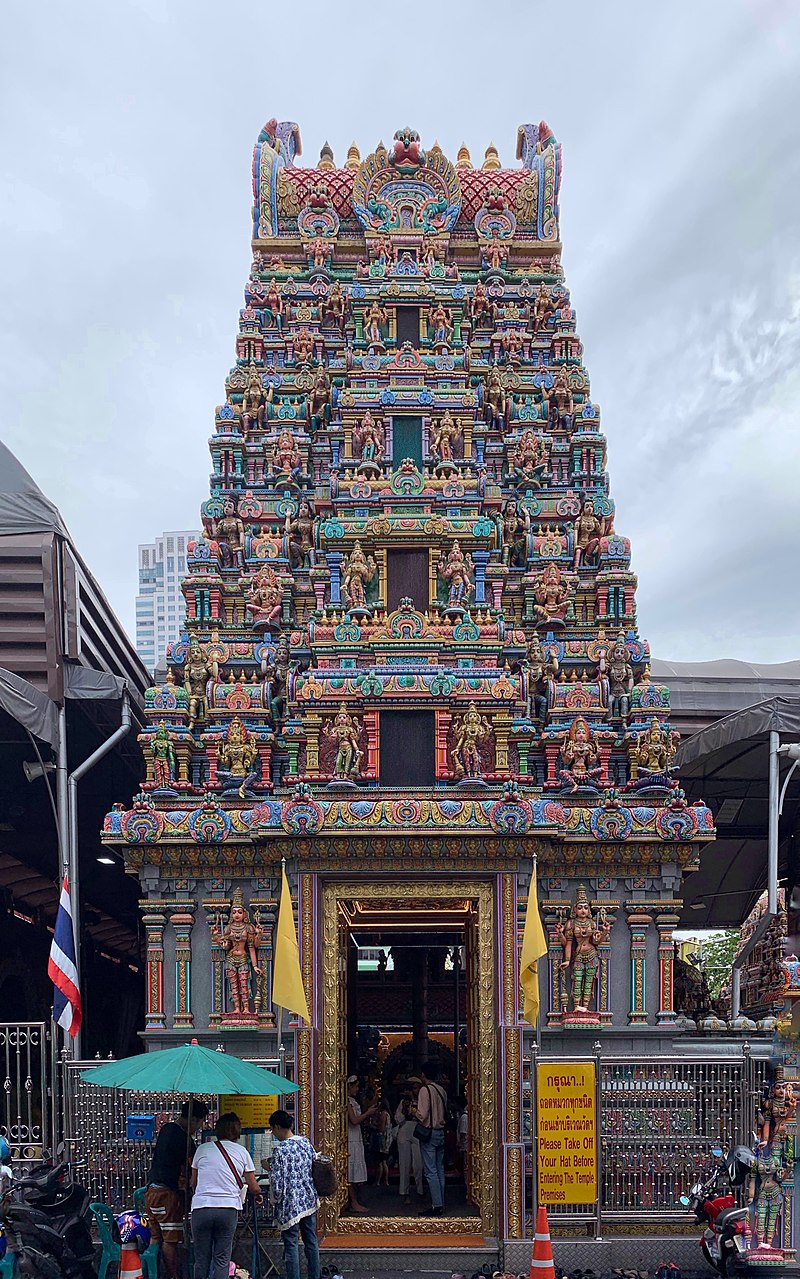
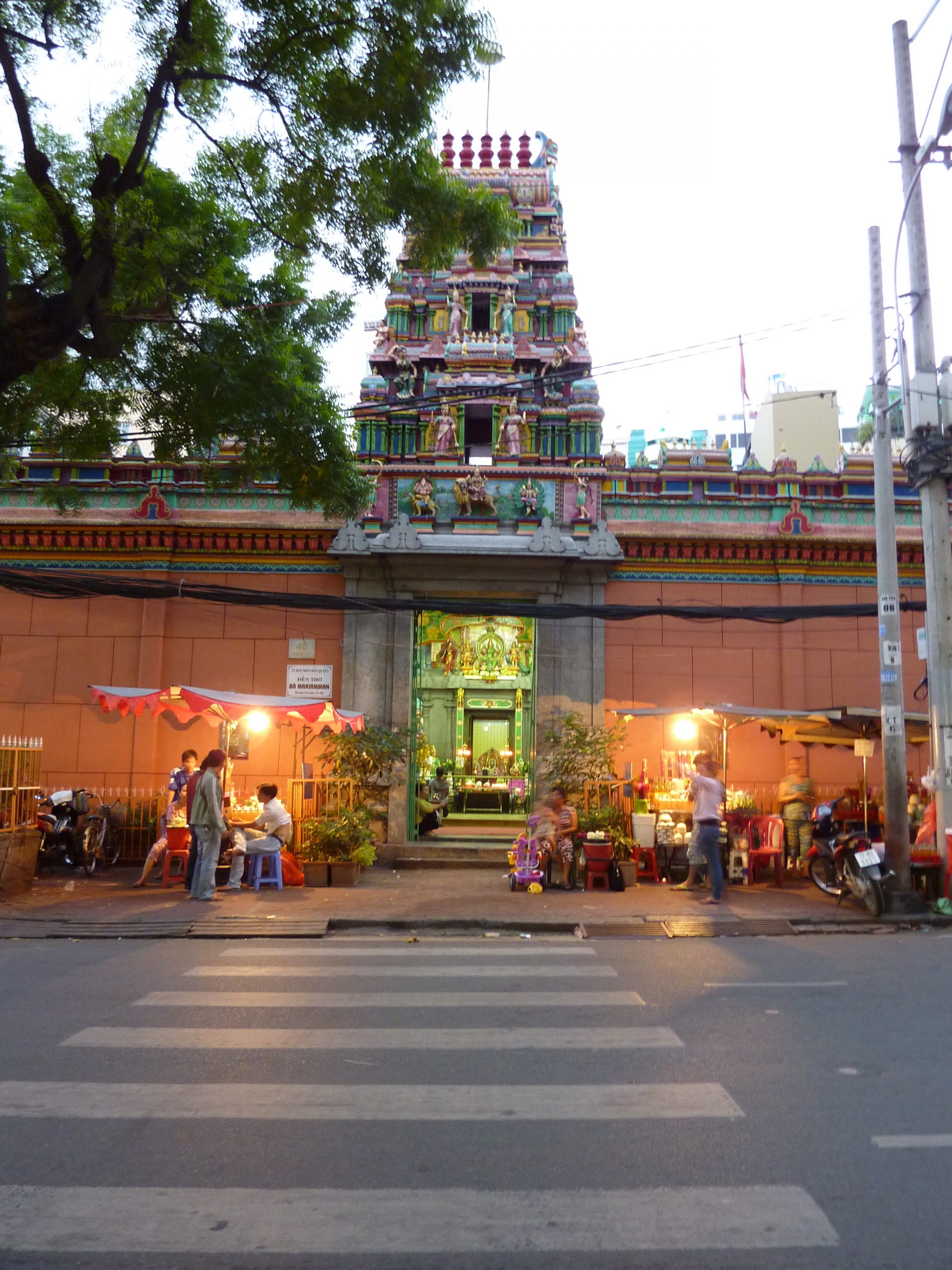
South India is replete with many Village Gods – like Karuppusamy, Ayyanar, Isakki, Kaathavarayan and more. There is more about them in this short video.
Comments are closed.
Archives
- January 2022
- December 2021
- November 2021
- August 2021
- March 2021
- February 2021
- January 2021
- December 2020
- November 2020
- October 2020
- September 2020
- August 2020
- April 2020
- March 2020
- February 2020
- January 2020
- November 2019
- October 2019
- September 2019
- August 2019
- July 2019
- June 2019
- August 2017
- February 2017
- January 2017
- October 2013
Featured Posts
- Tales that pots tell: Keeladi excavations AUGUST 18, 2021
- The Last Grand Nawab: Wallajah FEBRUARY 10, 2021
- How Tej Singh became Raja Desingu of Gingee FEBRUARY 5, 2021
- How Shahjahan seized the Mughal throne JANUARY 28, 2021
- Alai Darwaza – Qutub Minar Complex, Delhi NOVEMBER 21, 2020
- Marking History through British buildings NOVEMBER 17, 2020
- The last great queen of Travancore NOVEMBER 7, 2020
- Brahmi and the evolution of scripts OCTOBER 15, 2020
- The Cambodian King of Kanchipuram OCTOBER 14, 2020
- James Prinsep – the man who read the writing on the wall OCTOBER 10, 2020
- Mariamman – the Village Goddess who travelled SEPTEMBER 30, 2020
- Misnamed Monuments of Mamallapuram SEPTEMBER 28, 2020









Thank you for the infmn! Really useful
Its very nice N interesting
Loved the delivery style and the simplicity of the presentation! Thanks for sharing. Keep up the good work 😀